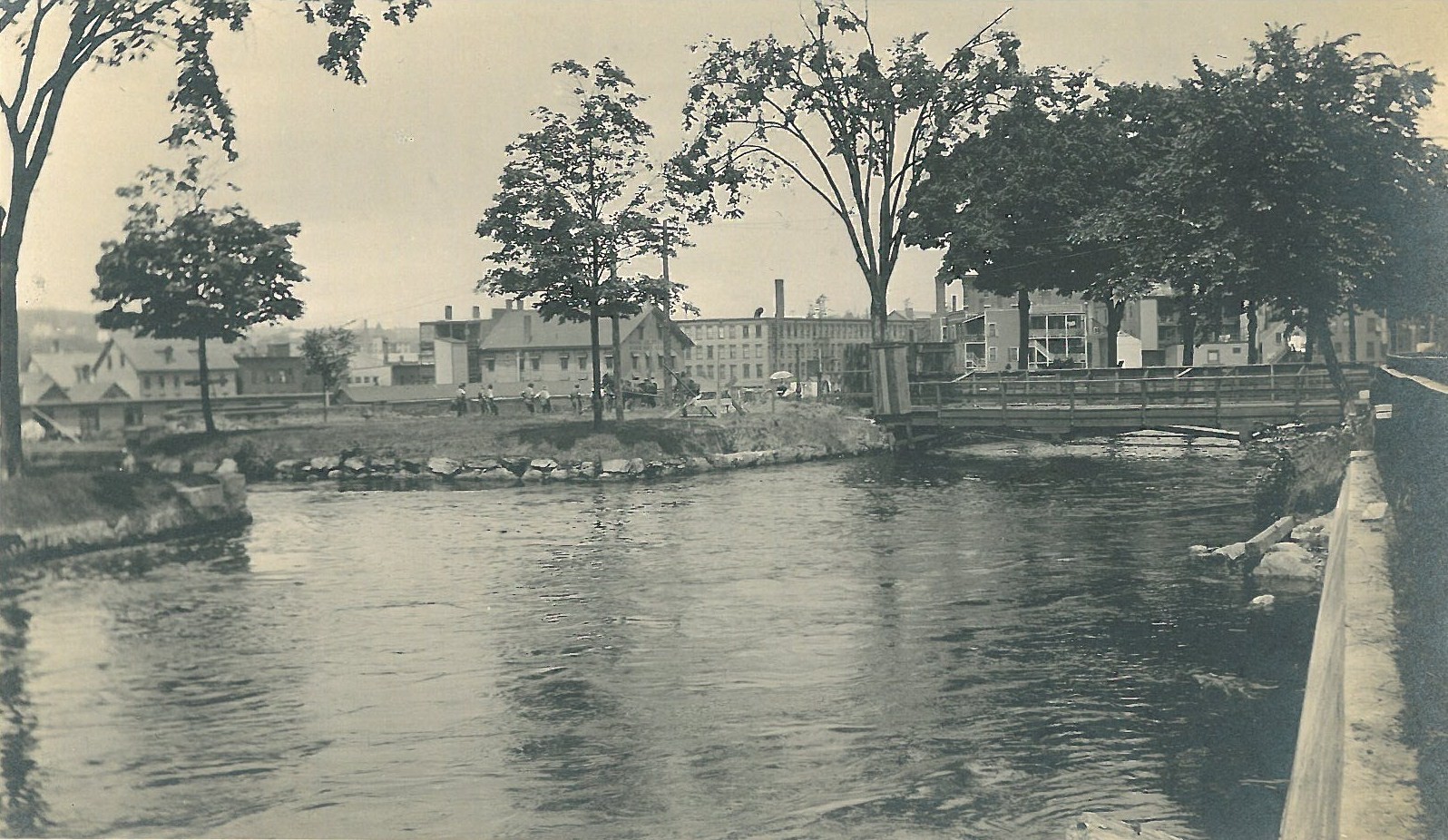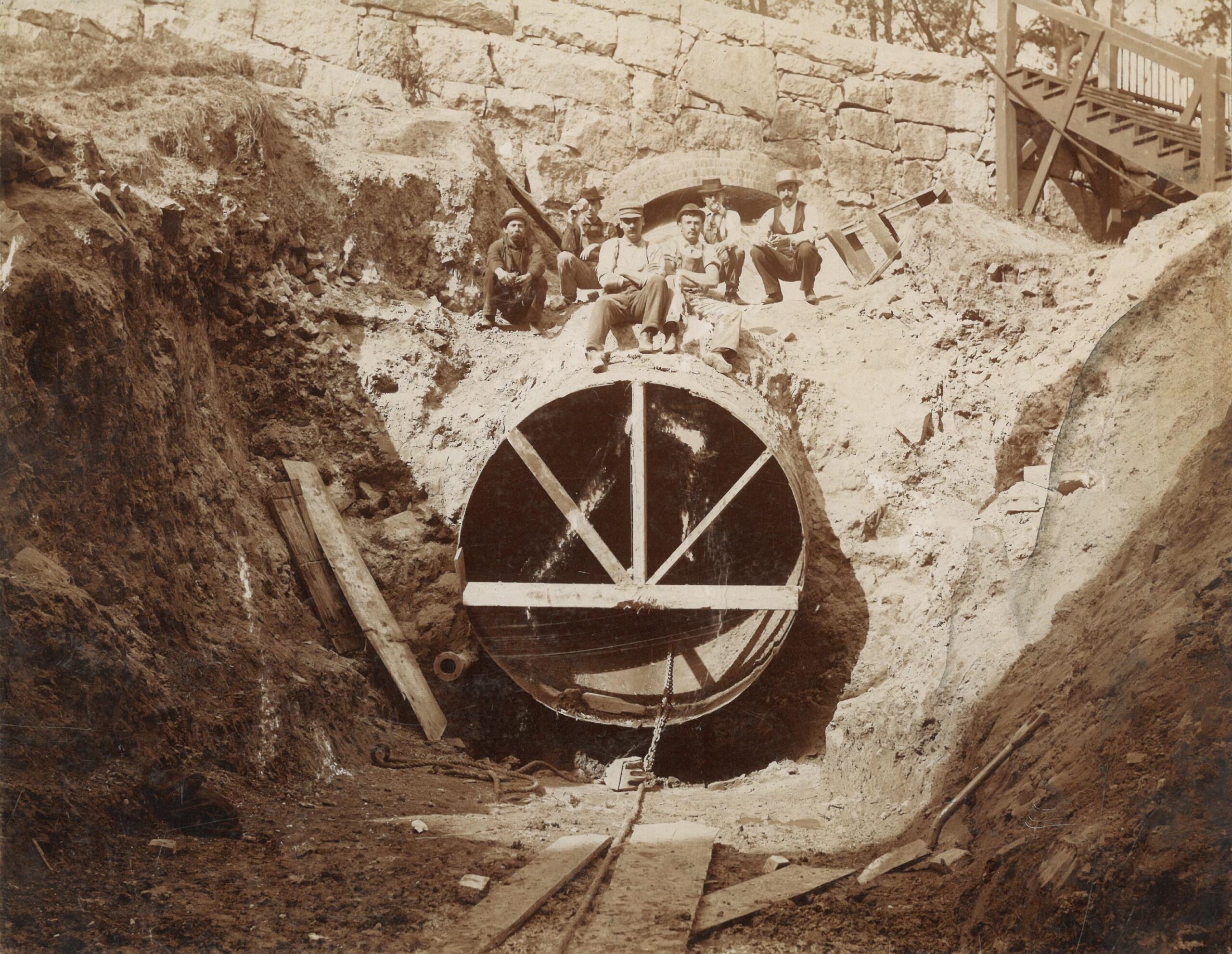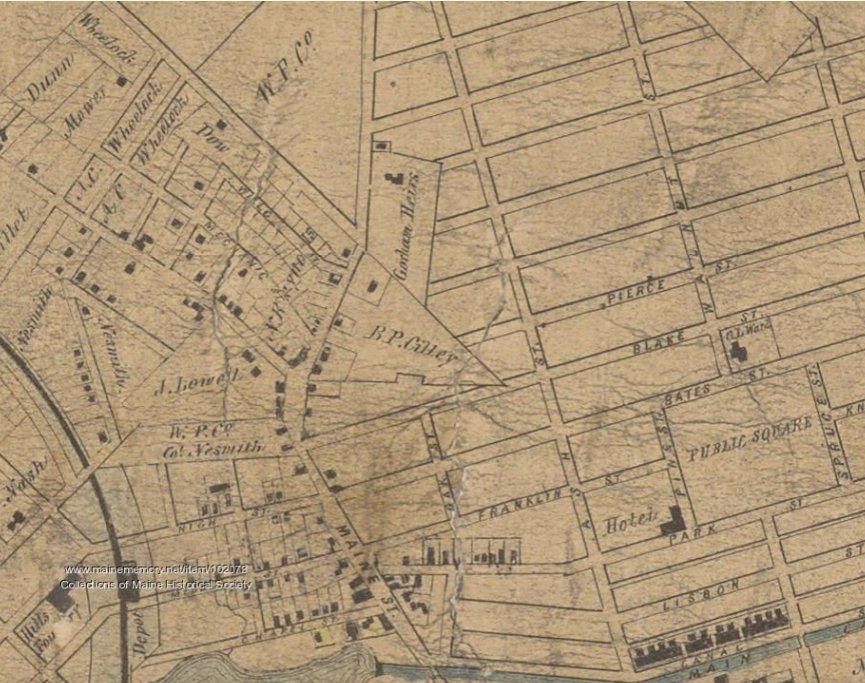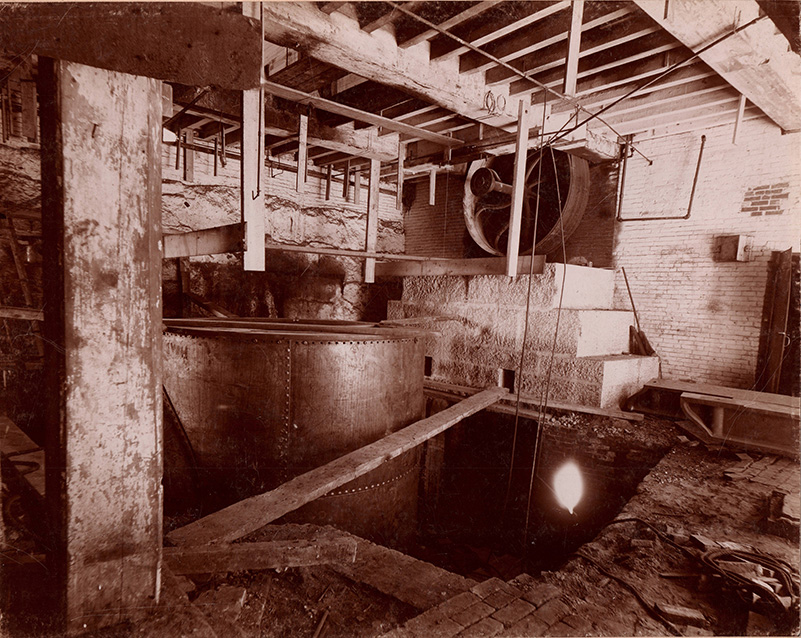Learn
Innovations in Energy
Humans have been harnessing the potential power of flowing water for thousands of years. 2,000 years ago ancient Greeks were using water wheels to grind wheat into flour. In the third century BCE Egyptians used a water screw designed by Archimedes for crop irrigation. In the mid-1700’s a french engineer named Bernard Forest de Bélidor wrote his groundbreaking book Architecture Hydraulique with his plan for harnessing water power for machinery at the same time other advances were being made in manufacturing technology, ushering in what is now known as the Industrial Revolution.

Towns located along fast flowing rivers were being sought out by groups of investors interested in purchasing land where mills could be built to take advantage of the power of the flowing water. The Androscoggin River’s Great Falls, located in Lewiston, Maine, has one of the steepest drops of any Maine river and it was a logical place to build mills and power plants that could take advantage of the tremendous potential energy of the falls.
Our Working Waterway
Below you will find an interactive map of the industrial history around the Androscoggin River. Explore to learn more about how to river was a catalyst for rapid industrial development for our region.


 In 1850, inspired by the success of Lowell, Massachusetts, a group of investors led by Benjamin Bates bought land and built mills alongside the Great Falls. This land, which for generations had been home and a prime fishing and processing site for the Androscoggin River Indian Tribes, had been taken by the Commonwealth of Massachusetts and granted to land speculators who profited greatly from its sale for agricultural use, including for farms and grist and lumber mills.
In 1850, inspired by the success of Lowell, Massachusetts, a group of investors led by Benjamin Bates bought land and built mills alongside the Great Falls. This land, which for generations had been home and a prime fishing and processing site for the Androscoggin River Indian Tribes, had been taken by the Commonwealth of Massachusetts and granted to land speculators who profited greatly from its sale for agricultural use, including for farms and grist and lumber mills.
Like all northern textile mills, Bates Manufacturing relied on cotton picked by slaves in southern states to be shipped to the mills via the railroads. This demand for cotton by the northern textile mills fueled the slave trade in the south and helped to set the stage for conflict. Correctly anticipating that the Civil War would be long and would interrupt supply lines, Bates stockpiled slave picked cotton prior to the war and continued to operate through the duration of the war and beyond.
Bates’ venture prospered and by 1900, eight different companies were producing cotton and woolen textiles in vast brick complexes between the canals and the river. Lewiston boomed as well, growing from a mill village of some two thousand people in 1840 to a city of more than 30,000 by 1920. The promise of work and the chance at a better life brought immigrants from around the world to Lewiston to work in the mills but the largest groups continued to arrive from Ireland and later French-speaking Canadian provinces, such as Quebec.

Historical Maps
These MaineMemoryNet maps from the Maine Historical Society Collection show Lewiston-Auburn in 1820 and again in 1851. Click here to zoom into the 1820 map. To gain a sense of where you are looking in the 1820 map, the Great Falls are in the upper right corner of the map. Click here to zoom into the 1851 map. Notice the many streets that have been built near the mills and factories being built at this time of the Industrial Revolution. Click here to compare to the 1876 map of Lewiston and Auburn.


The canals system in Lewiston consists of five interconnected canals: Upper, Lower, and Cross and measure 2.5 miles in length. Upper Canal brings water from the Androscoggin River to the mills. It is 60 feet wide and 11 to 14 feet deep. It is connected to the Union Water Power Gatehouse, constructed in 1851. This is where the water that flows from the river into the canal is regulated. Once the water enters the Upper Canal it is redirected into two different Cross Canals that flow into the Lower Canal. Canals are energy transporters; they carry water from the Androscoggin River to the mills. The Upper Canal is at a higher elevation than the Cross Canals which are higher than the Lower Canal. These elevations create a current in the water that then flows through arches in the walls of the mill basement, where it was captured in buckets attached to a wheel which rotated as the buckets on one side became full of water.
To convert the potential energy of the water into kinetic mechanical energy, the energy of flowing water pushes against the buckets and turns the wheel. This causes the axle to turn which drives belts and gears that power the machinery. The larger the diameter of the wheel, the greater “leverage” and so the greater turning effect on the axle that drives the machinery. Machines within the mills were arranged in long lines so that the harnessed power could travel the length of the building.
Today, scientists and engineers continue to explore how we can use renewable resources, like flowing water or blowing wind, to generate electricity while also minimizing the impact each of these technologies has on the environment. Hydroelectric power plants can have a huge effect on the aquatic environment of a river and impact the overall health of animals and plants that rely on the natural flow of river currents. For more information on how we generate and use electricity in the United States visit the U.S. Energy Information website.
Lesson Plans
The lesson plans below are from the Teacher’s Guide available with Maine MILL’s Energy Innovation Kit. The materials referrenced in each lesson are available in the kit at NO COST. For more information about our Energy Innovation Kit lending program, click here.
